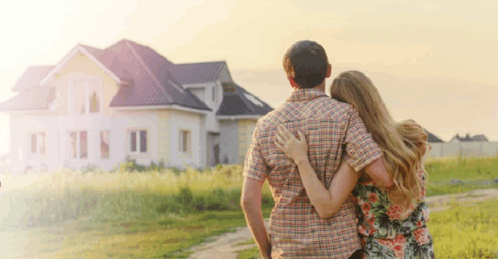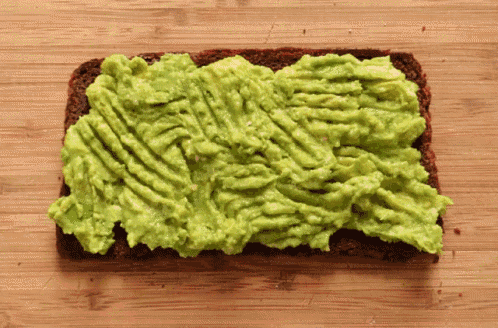Gardening is a delightful way to connect with nature, but it doesn’t always require a massive backyard or acres of land. Enter container gardening, a perfect solution for those with limited space, like apartment dwellers or urban gardeners, and a fantastic way to embrace sustainability in your green thumb journey.
Whether you’re looking to grow your own food, brighten up a balcony, or just enjoy the beauty of plants, container gardening offers the flexibility to create a vibrant and eco-friendly space. But how do you make it sustainable? Let’s dive into the world of sustainable container gardening with practical tips, eco-friendly ideas, and the joy of growing your own garden, no matter the space!
Why Choose Container Gardening?
1. Limited Space? No Problem! Container gardening is perfect for small spaces like balconies, rooftops, patios, or even windowsills. If your outdoor space is limited or nonexistent, all you need is a container, some soil, and your favorite plants. Plus, containers can be moved around, allowing you to optimize sunlight or protect plants from harsh weather.
2. Sustainability at Its Best One of the best things about container gardening is how easy it is to make it sustainable. By growing your own herbs, veggies, and flowers, you reduce your reliance on store-bought goods, cutting down on plastic packaging and carbon footprints associated with food transportation. In addition, container gardening allows you to recycle and repurpose old containers, creating a greener way to garden.
Getting Started: Eco-Friendly Containers
The first step in creating a sustainable container garden is choosing the right containers. Rather than buying plastic pots, look around your home for items that can be repurposed into planters. Here are a few fun ideas:
- Old Tea Cups & Mugs: They make adorable mini-planters for herbs or succulents.
- Plastic Bottles: Cut and decorate them to create hanging planters or window boxes.
- Wooden Crates: Repurpose wooden crates or pallets for rustic, stylish garden beds.
- Tin Cans: After giving them a good wash, tin cans can be used for small plants like flowers or spices.
Pro Tip: Make sure any container you choose has proper drainage holes. Good drainage is essential for plant health, preventing root rot and ensuring your plants thrive.
Soil Matters: Choose the Right Mix
Soil is the heart of your garden, so it’s crucial to use a good, sustainable potting mix. Look for mixes that are organic, peat-free, and made from renewable resources like coconut coir, which is a sustainable alternative to peat moss. You can also make your own potting mix by combining compost, perlite, and organic soil.
Additionally, adding a layer of mulch on top of the soil will help retain moisture, reduce the need for frequent watering, and prevent soil erosion.
Water Wisely: Smart Irrigation Techniques
Watering is one of the most critical aspects of container gardening. But overwatering or using excessive water can waste resources. Instead, focus on these sustainable watering techniques:
- Watering Globes or Self-Watering Pots: These systems help ensure your plants are hydrated without wasting water.
- Rain Barrels: Collect rainwater to use for your garden instead of relying on tap water.
- Drip Irrigation: This method delivers water directly to the roots, preventing evaporation and water runoff.
Growing Green and Delicious: Sustainable Plant Choices
When choosing what to grow in your container garden, consider planting species that are native to your area, as they require fewer resources like water and fertilizers. Here are some sustainable plant choices:
- Herbs: Basil, mint, oregano, and thyme are great choices for beginners. They grow well in containers, don’t need much maintenance, and can be used for cooking.
- Leafy Greens: Lettuce, spinach, and kale are easy to grow in small containers, perfect for fresh salads.
- Flowers: Marigolds, sunflowers, and lavender are not only beautiful but attract beneficial insects like bees and butterflies, which help pollinate your garden.
- Companion Plants: Mixing certain plants together can enhance growth and help keep pests at bay. For example, planting basil with tomatoes can improve both plants’ health.
Composting: Turning Waste into Rich Soil
Composting is an excellent way to create sustainable, nutrient-rich soil for your container garden. You can compost your kitchen scraps—like fruit peels, coffee grounds, and eggshells—in a small compost bin or even a dedicated container. Over time, this will break down into a rich, organic material that will help your plants grow strong and healthy.
Maintenance with Mindfulness
Sustainable gardening isn’t just about setting things up—it’s also about taking care of your garden in an eco-friendly way. Here are some tips:
- Organic Fertilizers: Use natural fertilizers like compost or worm castings to feed your plants.
- Natural Pest Control: Instead of relying on chemical pesticides, use organic methods like neem oil, garlic spray, or encouraging natural predators like ladybugs.
- Pruning & Harvesting: Regularly prune your plants to ensure they grow healthily and harvest food when it’s ripe to avoid waste.
Wrapping It Up: A Green Future
Container gardening is a rewarding, eco-conscious hobby that allows you to make the most of your space while contributing positively to the environment. Whether you’re growing food to reduce your grocery bill or adding some beautiful greenery to your home, there’s no limit to what you can achieve with a few containers, a little creativity, and a passion for sustainability.
So, grab that old coffee can, fill it with soil, and start your very own sustainable garden today—because with container gardening, the sky’s the limit (and it doesn’t hurt the planet one bit)! Happy gardening!





















